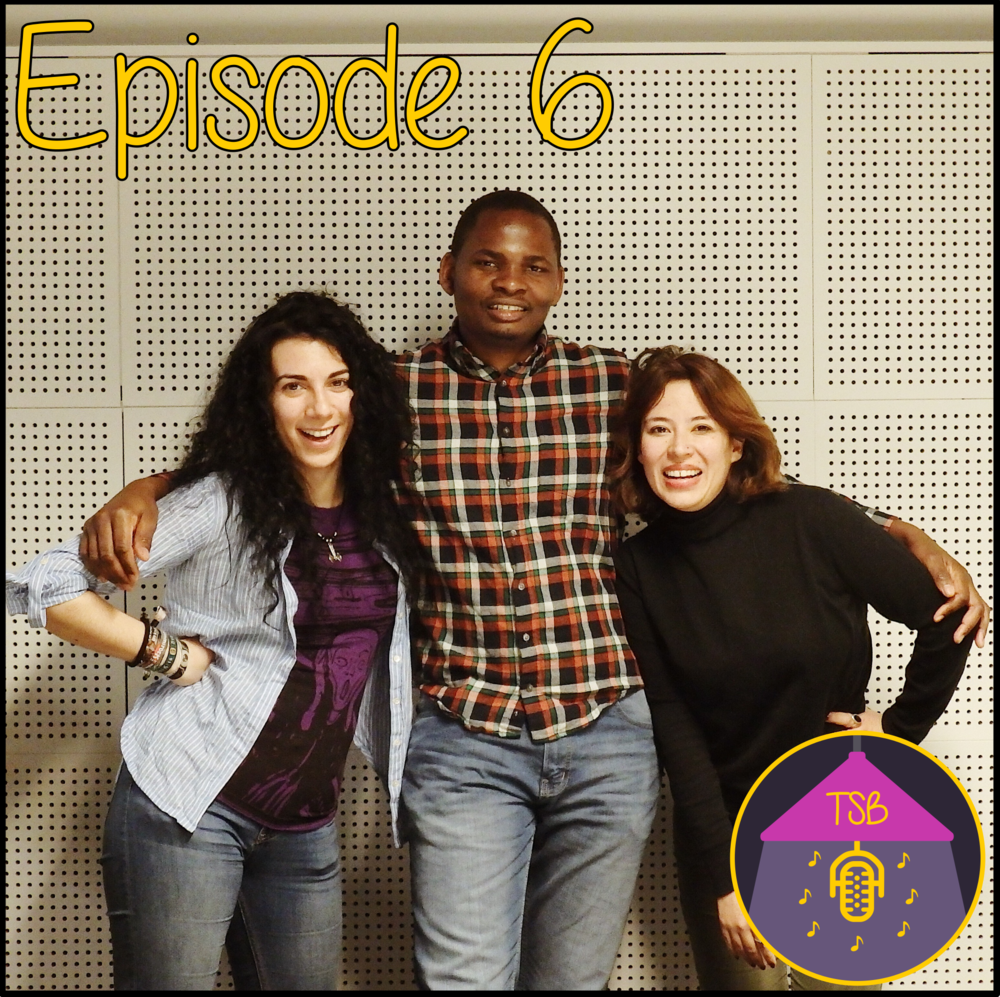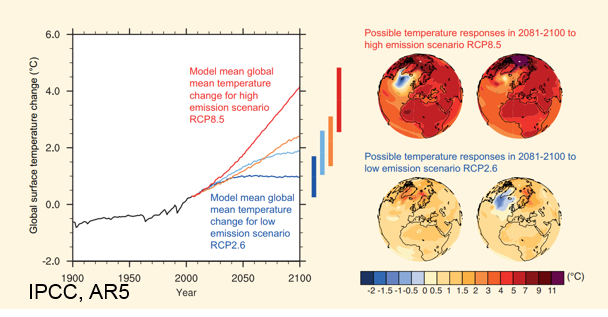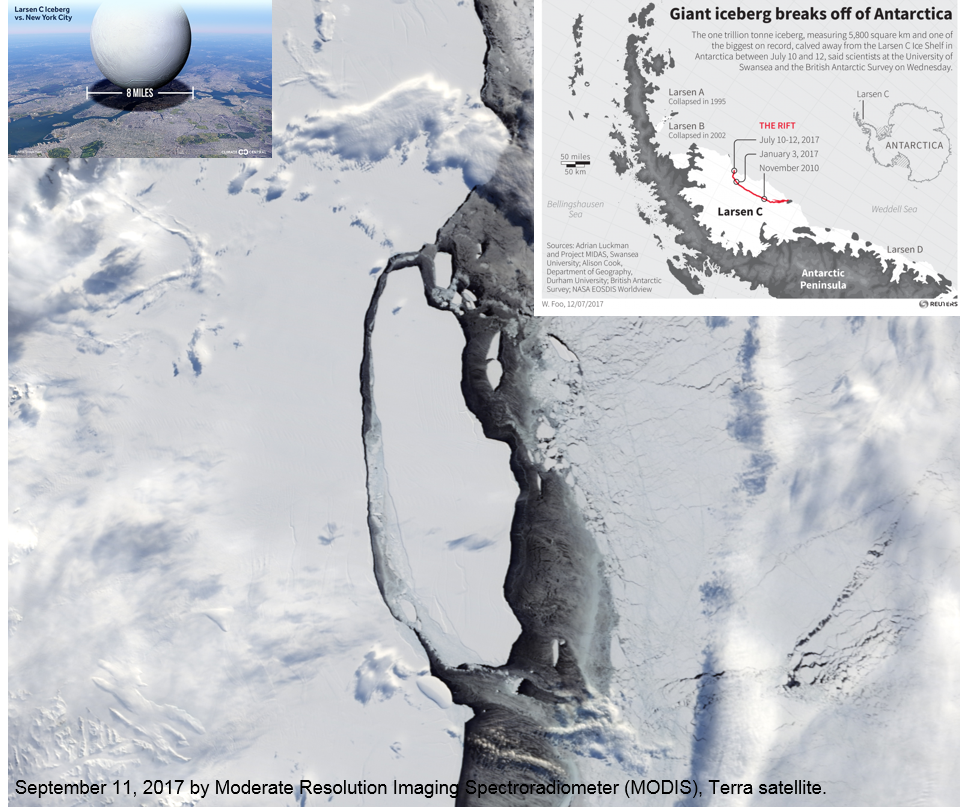Prof. Lucie Green is a solar physicist based at the Mullard Space Science Laboratory, UCL’s Department of Space and Climate Physics. Besides being a great scientist, Lucie Green is also an inspiring science communicator and is very active in public engagement with science. She gives public talks regularly and is a television and radio host. In 2016, she published her first book 15 Million Degrees: A journey to the centre of the Sun, which discusses the history of solar physics until the current research and the “hot topics” of the field.









